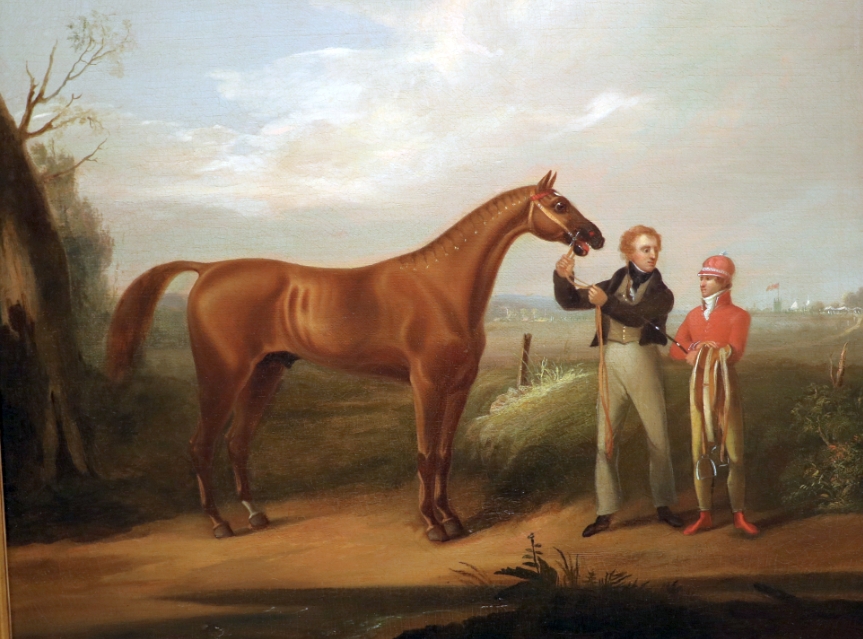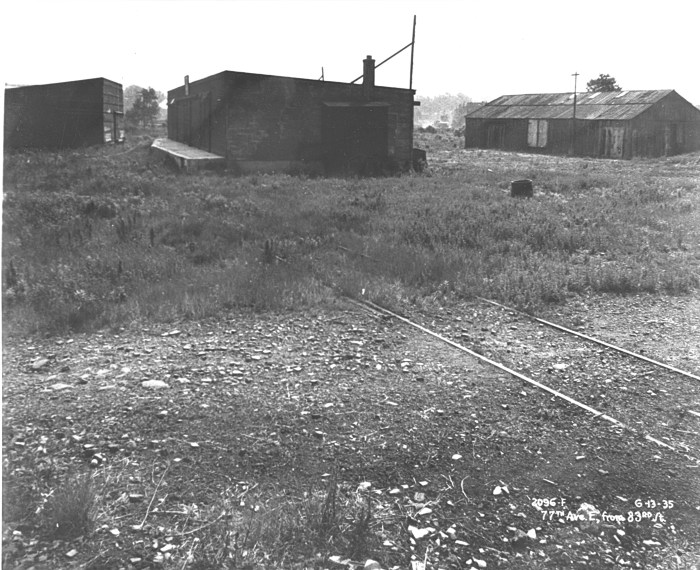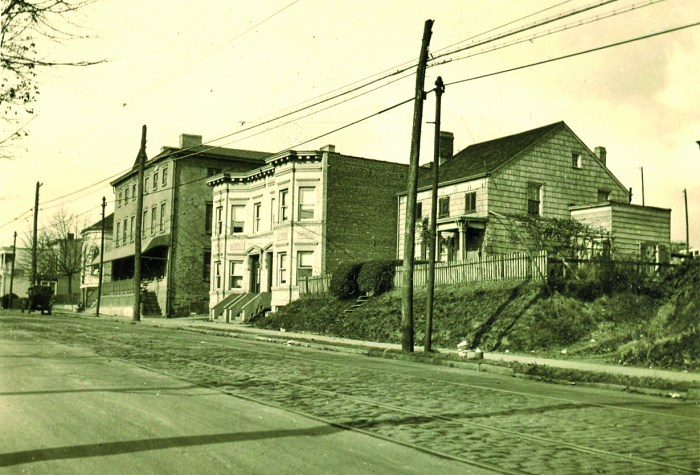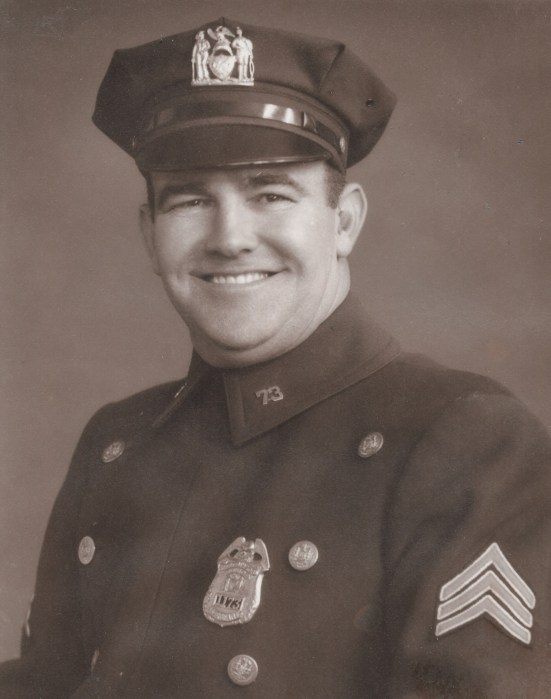Approximately 200 years ago this month, the biggest sporting event of its time took place at Union Course Racetrack here in New York in what would one day be known as Woodhaven. But to understand the magnitude of this spectacle, you need to backtrack a bit to 1802 when horse racing was made illegal in New York and other Northern states.
Northern horse breeders were put as a disadvantage and were forced to travel south to compete. As a result, the quality of their horses suffered and they lost much more than they won.
In 1821, the New York State Legislature legalized “trials of speed” between May and October in Queens County. The Union Course, a mile-long dirt track was laid out that very same year and opened on Oct. 15, 1821.
On that opening day, the famed Lady Lightfoot (from North Carolina) suffered her only recorded loss to American Eclipse (born and bred on Long Island), who was victorious in all heats that day. American Eclipse’s damsire (or grandfather, to put it in our terms) was the legendary racehorse Messenger, who was brought to the United States from England to breed champions.
The next year in Washington D.C., Eclipse raced against famed racehorse Sir Charles from Virginia for 5 thousand dollars. In front of a crowd of a few thousand people, mostly Southerners all-too-happy to take the traveling Northerners’ money, Eclipse outpaced Sir Charles, who pulled up lame at the end of the race.
The reaction to the result was fierce on both sides. The North said the victory proved their emergence as serious horse breeders. The South blamed the loss on the injury to Sir Charles and demanded a rematch.
Famed horse trainer William Ransom Johnson from North Carolina challenged Eclipse’s owner, Cornelius Van Ranst, to a race to be held at the new track in New York the following year for an unheard-of amount: $40,000.
The conditions of the race were set and seemed to favor the South greatly. They were allowed to use any horse they chose to, from anywhere in the world, though Southern pride demanded they use one of their very own born and bred horses. But by accepting that offer, the Northers promoters were able to label the race as “Eclipse Versus The World.”
Johnson entertained visitors from all over the South, looking to narrow his search down to five quality horses. And per the conditions of the match, they didn’t even have to reveal which horse would be running until the day of the match!
The gigantic purse and the mystery about who would represent the South helped spread the word about the race, which wasn’t scheduled for another half a year. And during that time, the word spread far and wide and many people from all over wanting to see “their side” prevail, began making plans to attend the race.
Over 60,000 people flocked to Union Course to watch this race, many of them arriving days ahead of time and sleeping in tents in the woods. The race was also attended by some notorious and famous people including the then-Vice President Daniel Tompkins, Andrew Jackson (governor of Florida at the time, a few years away from becoming our 7th President), and Aaron Burr (who shot and killed Alexander Hamilton in an infamous duel).
Now, a word about these races – they were not a simple run around the track like you might see today. In those early days of racing, a match usually consisted of three heats, each of them 4 miles long. That meant that in a best-of-three, horses could race up to 12 miles in one afternoon. When they held best-of-five contests, the horses could race up to 20 miles in one day!
American Eclipse was bested by Sir Henry in the first heat but after a change in jockeys, he won the next two heats to take the prize and become the pride of the North.
Never before had a sporting event generated so much passion or so many crowds. It was indeed a race for the ages. By the 1860s, the Union Course racetrack was being used as a camp for Civil War soldiers. And after a brief resurgence of harness racing in the 1870s, the Union Course racetrack closed for good.
There is a whole lot more to this story and the Woodhaven Cultural & Historical Society will be giving a free presentation about this race at historic Neir’s Tavern (87-48 78th St., across from where the Union Course sat) on Monday, May 15, at 7 p.m.
And if you are interested in the whole story, pick up a copy of “The Great Match Race,” by John Eisenberg, a remarkable account of the race that will leave you thinking that you were there!



































